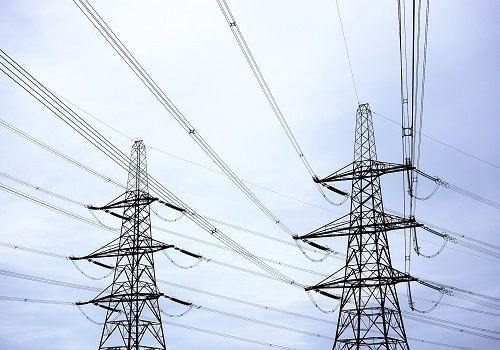India gives income tax relief to some to stimulate spending

India on Tuesday cut income tax rates for some citizens in an effort to boost consumption as Asia's third-largest economy struggles with uneven growth.
The government has revised a system introduced in 2020 where annual income of up to 1.5 million rupees is taxed between 5%-20%, while income of over 1.5 million rupees were taxed at 30%.
Under the revised structure, annual income between 0.3 million rupees and 0.7 million rupees will now attract a 5% tax rate, relaxing the earlier upper end of income of upto 0.6 million rupees, Finance Minister Nirmala Sitharaman said in her budget speech.
Currently, Indian taxpayers have the option to select between two tax systems - a legacy plan that allows exemptions on housing rentals and insurance, and a newer one introduced in 2020 that offers slightly lower rates but does not allow major exemptions.
"Increased exemption limits, especially in the way inflation has risen in India is a step in the right direction," said Bijal Ajinkya, Khaitan, partner at law firm Khaitan & CO.
The changes also increase the standard deduction for salaried employees to 75,000 rupees from 50,000 rupees earlier.
Along with the changes to tax rates applicable under various income slabs, the amount of tax deductions related to family pension contributions and non-government employees' contributions to the new pension scheme have also been increased, according to the 2024-25 budget documents.
As a result of the changes, revenue of about 370 billion rupees - 290 billion rupees in direct taxes and 80 billion in indirect taxes - will be forgone while revenue of about 300 billion will be additionally mobilized, Sitharaman said.
























